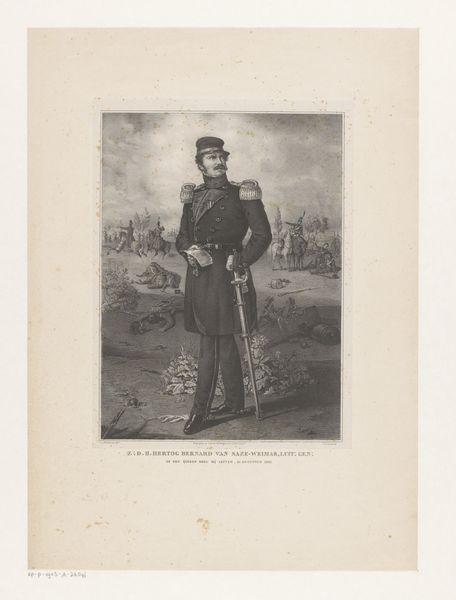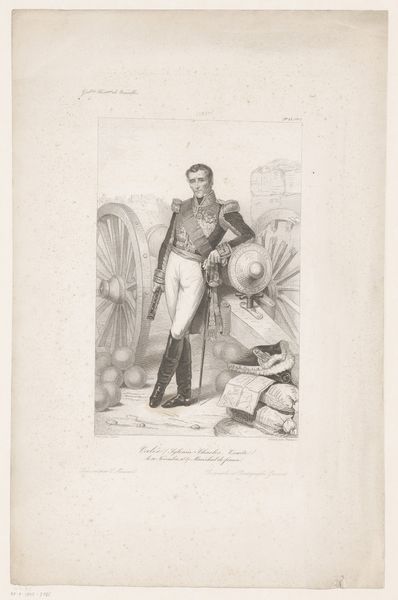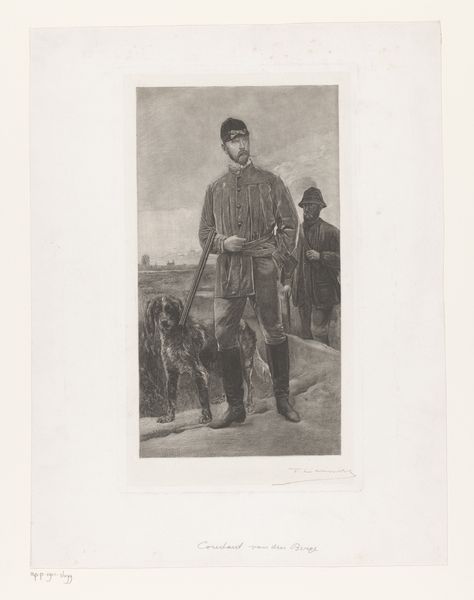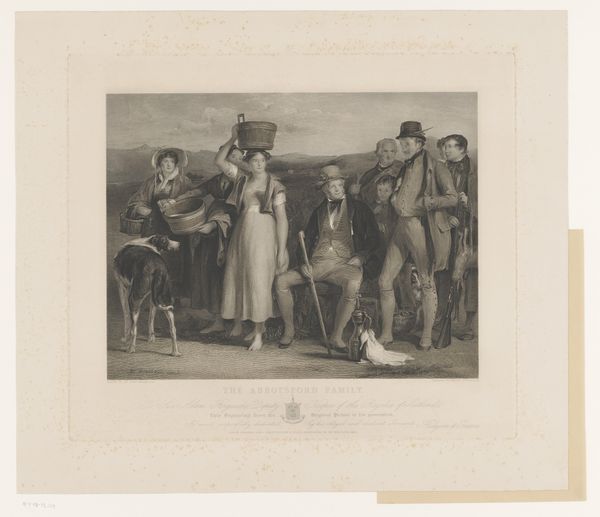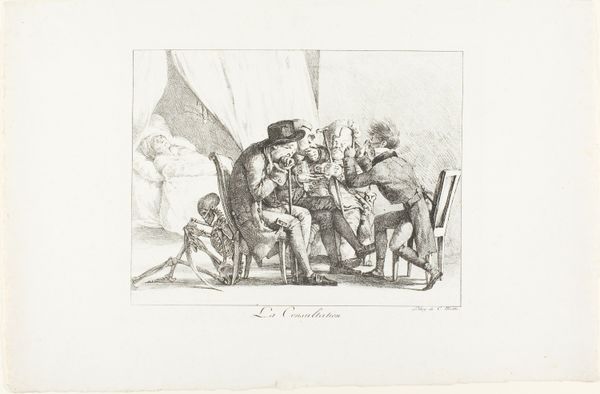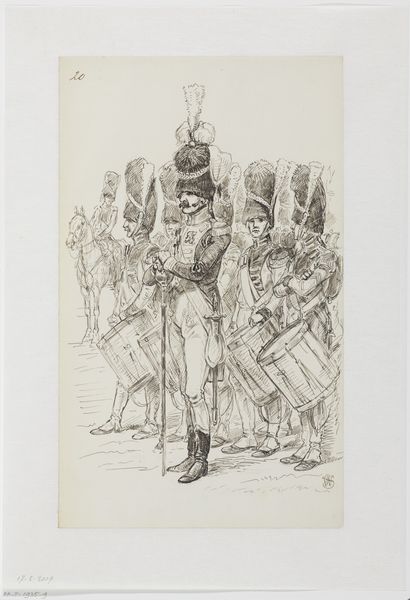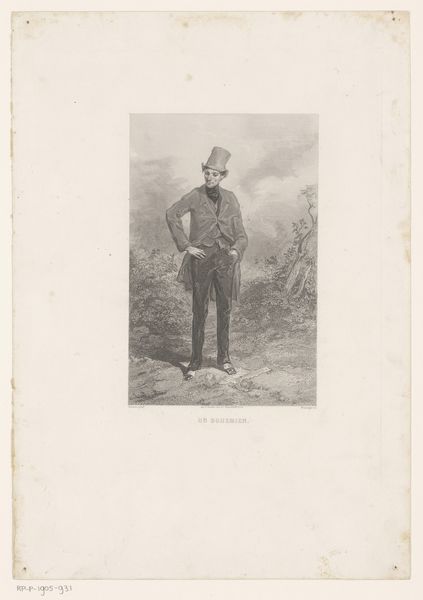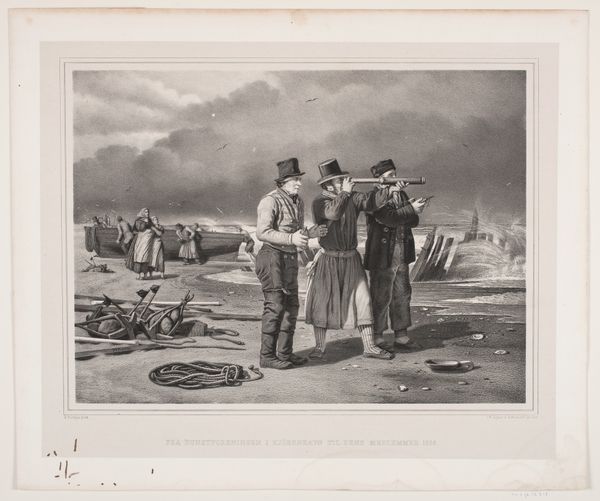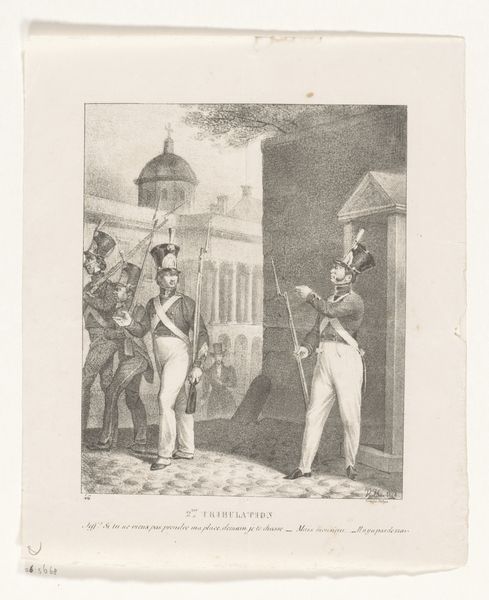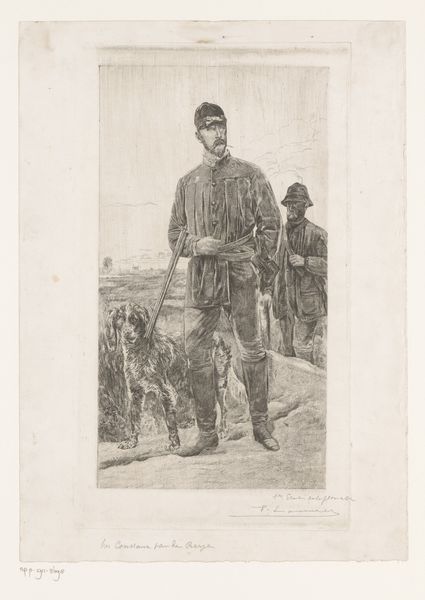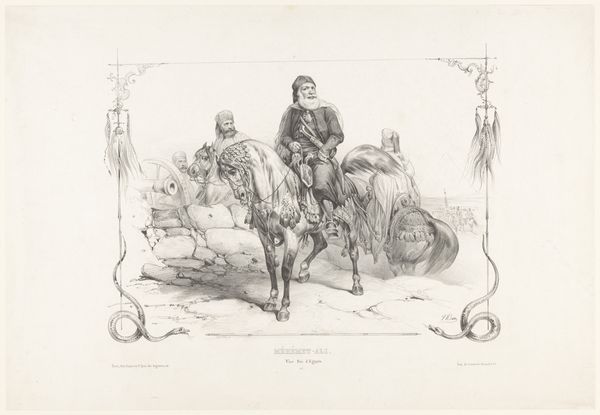
Dimensions: height 207 mm, width 166 mm
Copyright: Rijks Museum: Open Domain
Editor: Here we have a 19th-century engraving titled "Portret van Willem III, koning der Nederlanden," attributed to an anonymous artist. The neoclassical style feels formal and distant. What strikes me most is the precision of the engraving technique. How do you approach a work like this? Curator: The emphasis for me immediately goes to the means of production. Engraving, a laborious, repetitive process, highlights the tension between artistic skill and industrial labor. The material reality of producing these prints—metal plates, engraving tools, and the press itself—speaks volumes about 19th-century modes of reproduction and distribution. Consider how this technique democratized access to royal imagery. Editor: That's an interesting point. It’s no longer a unique painting reserved for the elite. How does the choice of printmaking affect the message itself, do you think? Curator: Mass reproduction collapses traditional boundaries between high art and popular imagery. It allows for wider dissemination of royal propaganda. Furthermore, we have to consider the consumption of this image: Was it intended for private display in homes, or distribution through news outlets? The intended use directly informs our understanding of its social impact. Who was meant to possess this portrait? And why? Editor: I hadn't really considered that distribution aspect. So, the medium itself helped shape the narrative around King Willem III? Curator: Absolutely. The very materiality of the print shaped its reception and reach. It shifts the understanding away from some unique genius of an "artist", and squarely centers the study to material processes and social meaning. The creation, production and access shaped a new world, wouldn't you agree? Editor: Definitely. I see now that understanding the materials and production gives us a new way to interpret the image. Thanks for opening my eyes to that perspective! Curator: My pleasure. It’s essential to go beyond the surface and consider the broader material context of art making.
Comments
No comments
Be the first to comment and join the conversation on the ultimate creative platform.
